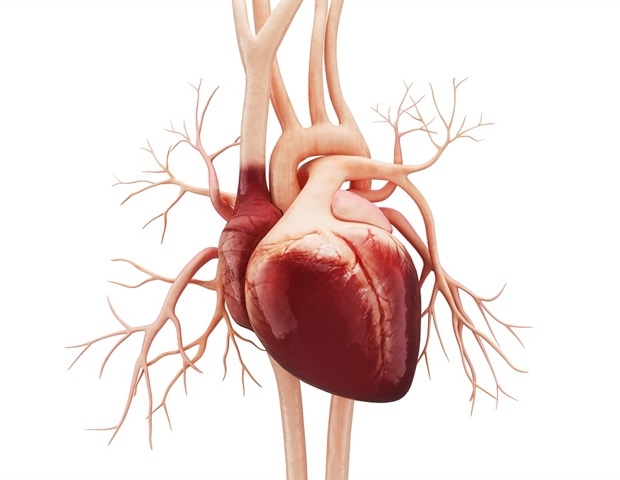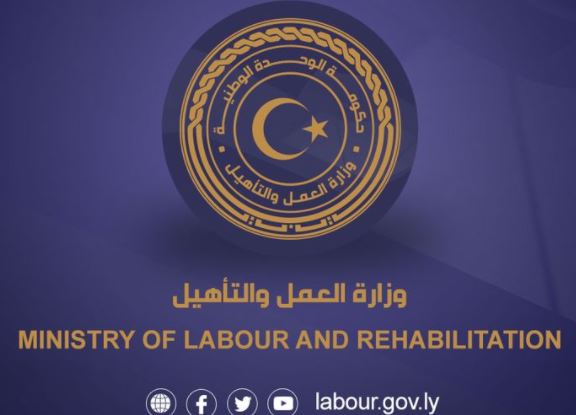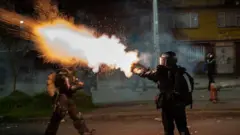Rutland County Social Connection Initiative: A Report on Community Well-being and Sustainable Development
Project Overview
The nonprofit organization Social Tinkering has launched a county-wide initiative to investigate the underlying causes of social isolation and loneliness in Rutland County. The primary instrument of this initiative is the Social Connection Survey, a data-gathering project designed to inform strategic interventions over a two-year period. The project’s central aim is to strengthen social bonds, enhance resident well-being, and foster thriving, sustainable communities, directly aligning with several key United Nations Sustainable Development Goals (SDGs).
Alignment with Sustainable Development Goals (SDGs)
This initiative makes significant contributions to the global agenda for sustainable development by addressing the following goals:
- SDG 3: Good Health and Well-being: By seeking to understand and mitigate loneliness and social isolation, the project directly targets critical determinants of mental and physical health. Enhancing social connection is a proactive measure to improve overall community well-being.
- SDG 11: Sustainable Cities and Communities: The project’s objective is to build a “stronger, more connected Rutland region.” This strengthens community resilience, particularly during emergencies, and fosters an inclusive, safe, and sustainable social environment for all residents.
- SDG 10: Reduced Inequalities: The survey explicitly calls for participation from individuals of all ages, backgrounds, and locations within the county. This inclusive approach ensures that barriers to social participation faced by various demographic groups are identified, with the ultimate goal of reducing social inequalities.
- SDG 16: Peace, Justice, and Strong Institutions: The initiative recognizes that social disconnection is a root cause of issues such as crime, violence, and discrimination. By working to build social cohesion, the project contributes to the development of a more peaceful and inclusive society.
Methodology and Timeline
- Data Collection: A primary data collection phase is underway via the online “Social Connection Survey,” which remains open to all Rutland County residents until October 31.
- Participant Engagement: The survey encourages broad participation from diverse populations across the county to ensure the data is representative and comprehensive.
- Analysis and Reporting: Following the data collection period, Social Tinkering will conduct a thorough analysis. The findings will be consolidated into a public report, scheduled for release in early 2026.
- Strategic Recommendations: The final report will include a summary of a broader landscape analysis and will recommend actionable next steps for community stakeholders to collectively reduce barriers to social connection.
Expected Outcomes and Strategic Impact
The project is designed to yield several critical outcomes that support long-term community sustainability:
- The identification of specific, localized barriers to social connection that extend beyond conventional factors like transportation or digital access.
- The development of data-driven programming and partnerships aimed at fostering a more interconnected community fabric.
- The empowerment of local communities with insights and strategies to support mutual well-being and enhance collective resilience.
Analysis of Sustainable Development Goals (SDGs) in the Article
1. Which SDGs are addressed or connected to the issues highlighted in the article?
- SDG 3: Good Health and Well-being: The article directly addresses mental and social well-being by focusing on the negative impacts of “isolation and loneliness.” The project’s goal is to “improve wellbeing” by strengthening social connections.
- SDG 11: Sustainable Cities and Communities: The initiative is a community-based project aimed at building “stronger, more connected Rutland region” and supporting “thriving communities.” It also touches upon “community resilience during emergencies,” which is a key aspect of sustainable communities.
- SDG 16: Peace, Justice and Strong Institutions: The article links social disconnection to issues like “crime and violence, discrimination and bias.” By working on the root cause of disconnection, the project aims to “strengthen and heal our communities,” contributing to a more peaceful and inclusive society. The survey itself is a form of inclusive and participatory data collection to guide community action.
2. What specific targets under those SDGs can be identified based on the article’s content?
-
Under SDG 3 (Good Health and Well-being):
- Target 3.4: By 2030, reduce by one-third premature mortality from non-communicable diseases through prevention and treatment and promote mental health and well-being. The project’s core mission to understand and combat “isolation and loneliness” directly supports the promotion of mental health and well-being.
-
Under SDG 11 (Sustainable Cities and Communities):
- Target 11.7: By 2030, provide universal access to safe, inclusive and accessible, green and public spaces, in particular for women and children, older persons and persons with disabilities. The article’s inquiry into why people are not “joining clubs, volunteering, or going to events” relates to the accessibility and inclusivity of social and community spaces, which are essential for fostering connection. The project aims to “identify and reduce those barriers.”
-
Under SDG 16 (Peace, Justice and Strong Institutions):
- Target 16.1: Significantly reduce all forms of violence and related death rates everywhere. The article explicitly states that loneliness and isolation impact “crime and violence,” and addressing this root cause could help strengthen communities.
- Target 16.7: Ensure responsive, inclusive, participatory and representative decision-making at all levels. The “Social Connection Survey” is a tool for participatory decision-making, as it invites “people of all ages, backgrounds, and towns” to share their experiences to “guide future programming” and determine the “next steps our communities could take together.”
3. Are there any indicators mentioned or implied in the article that can be used to measure progress towards the identified targets?
Yes, the article mentions and implies several indicators:
- Data from the “Social Connection Survey”: This is the primary indicator mentioned. The survey is designed to collect data on “personal experiences and insights about what helps or hinders social connection.” The results will provide a baseline measurement of the “current state of social connection” in Rutland County.
- Rates of Community Participation: The survey explicitly asks, “Why aren’t people joining clubs, volunteering, or going to events?” This implies that participation rates in these activities are a key indicator of social connection that the project will be examining.
- Report on Survey Findings and Landscape Analysis: The planned release of a report in early 2026 will serve as a formal indicator of progress. This report will contain the survey findings and a “broader landscape analysis,” providing a comprehensive assessment of social connection in the region.
- Perceived Barriers to Connection: A key goal is to “identify and reduce those barriers to build a stronger, more connected Rutland region.” The number and type of barriers identified through the survey, and any subsequent reduction in these perceived barriers, can be used as an indicator of progress.
4. Summary Table of SDGs, Targets, and Indicators
| SDGs | Targets | Indicators |
|---|---|---|
| SDG 3: Good Health and Well-being | Target 3.4: Promote mental health and well-being. | Data from the “Social Connection Survey” measuring levels of loneliness, isolation, and well-being. |
| SDG 11: Sustainable Cities and Communities | Target 11.7: Provide universal access to safe, inclusive and accessible public spaces. | – Rates of participation in clubs, volunteering, and community events. – Identification of barriers preventing social participation in community life. |
| SDG 16: Peace, Justice and Strong Institutions | Target 16.1: Significantly reduce all forms of violence. Target 16.7: Ensure responsive, inclusive, participatory decision-making. |
– The “Social Connection Survey” as a tool for inclusive and participatory data gathering. – The final report with findings and landscape analysis to guide community action. |
Source: mountaintimes.info







